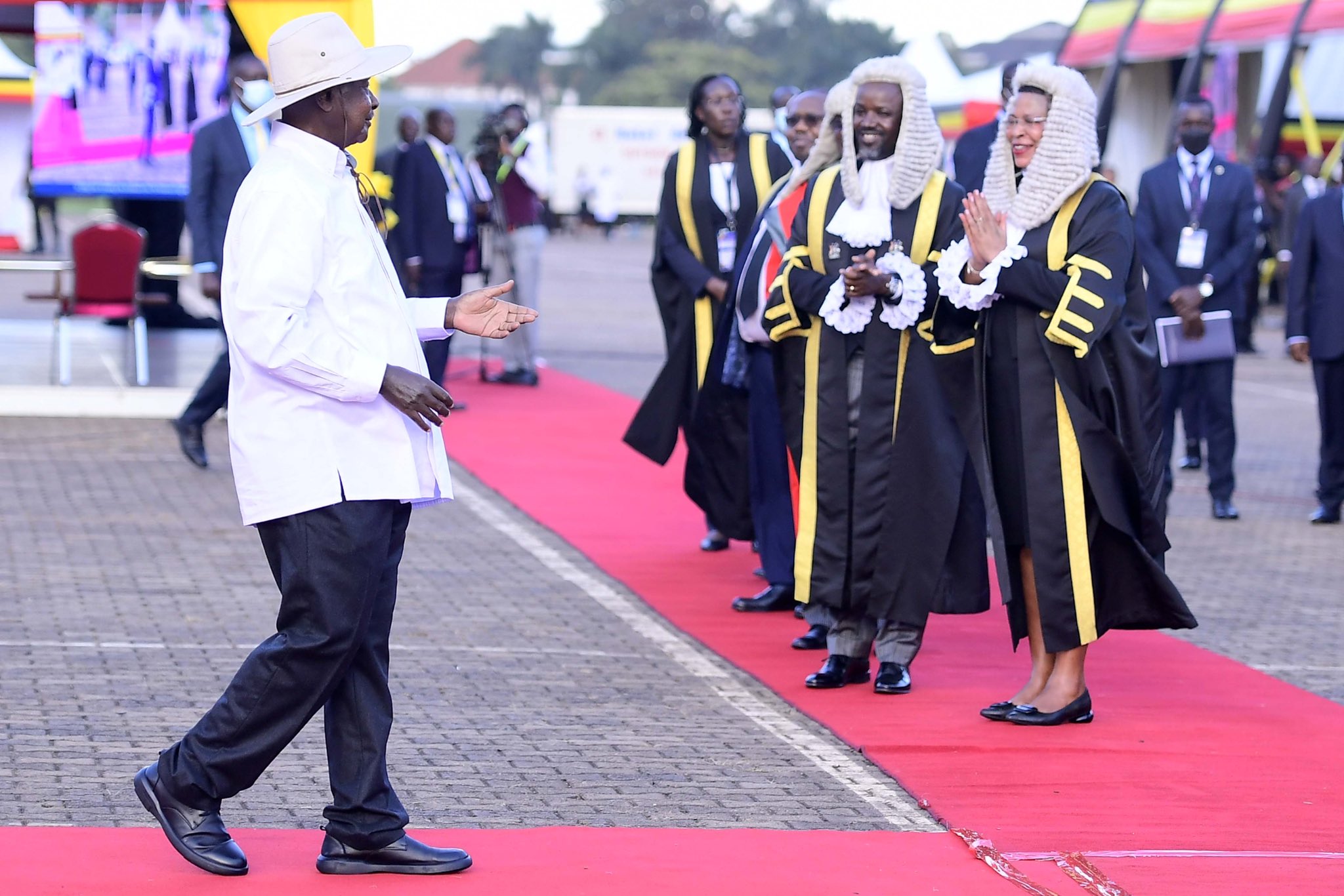Water quality has reduced - Nema

A drainage system of a fish factory on Lake Victoria in Entebbe takes waste to the lake. The Nema report says surface water pollution is mainly from industries. PHOTO BY MARTIN SSEBUYIRA
What you need to know:
State of Nation Environment report shows a great reduction in water quality and quantity.
Kampala- Mr Adam Kayinza is a resident of Kitubulu in Entebbe. He says he sees no reason to spend money on piped water provided by the National Water and Sewerage Corporation when he is leaving near the lake shores.
“I wake up every morning to fetch water from the lake that we use for washing and other domestic chores while we spare time to boil all our drinking water that has kept us going for years,” he says.
Mr Kayinza, however, says he sometimes finds the shore polluted with very dirty water which forces him to fetch water from the inner part of the lake.
Mr Richard Ssembuya, a fisherman, says he spends time on the water fishing but cannot run back to the main land in case he wants to ease himself.
“We use the lake or nearby islands that are not occupied by people [to ease ourselves] and we use the same water to drink and harvest fish because the lake has mechanisms of cleansing its self,” he notes.
He says although it is not a common practice for fishermen to defecate in the lake, they often use it for convenience when there is no quick option.
As Uganda today joins the rest of the world to mark the World Environment Day, there is need for the world to wake up to the real cost of the global environmental degradation because, until now, no one has had to pay for it.
Nema report
The National Environment Management Authority (Nema) every two years releases the State of Nation Environment report that shows a great reduction in water quality and quantity.
The report, according Dr Maria Goretti Kitutu of Nema, is done around the country and covers issues of water, wetlands, land, and population, among others.
The survey explains that the reduction is brought by encroachment on water catchments, increased water abstraction for domestic, industrial, infrastructure development and production, discharge of effluent into the environment and inadequate sanitation facilities, especially among fishing communities.
“In 2011/2012, water quality monitoring and assessment was carried out from 48 rivers and streams, seven lakes, two channels (Kazinga and Nakivubo) and one bay (Murchison). In general, the water quality in most of these water bodies was within acceptable limits except for Murchison Bay that had algae blooms, signalling pollution.
Nakivubo channel had an offensive smell, high biological oxygen demand, chemical oxygen demand, nitrogen and phosphorus content; and the in Kampala City streams like Bwaise, Nalukolongo, Kinawataka and Kanzanga, the water quality was poor due to pollution from both industrial and domestic effluents,” the report reads in part.
It adds that surface water pollution, mainly from industrial activities, are majorly found in the urban areas of Kampala, Jinja, Mbarara, Wakiso, Mukono and Mbale while industrial polluters include breweries, sugar factories, food processing plants, textiles, metal plants, paints, oil, soap, cement manufacturers, flower farms, leather tanneries, among others.
Further, pollution is from the poor management of solid waste including dumping of solid waste in wetlands. Other small water pollution sources are motor vehicle garages, fuel stations, and local gin (waragi/eguli) distilleries, the report says.
Capacity gaps
The report advises for the strengthening of existing institutions by filling the existing capacity gaps, allocating adequate funds and equipping personnel with skills for meaningful management of water resources, particularly in rural and poor urban areas. Its gives an example of the handling issues of trans-boundary nature of River Nile, which it says requires a strong legislature.
The report also advocates for strengthening of enforcement of the existing legal frameworks, control of industrial pollution and soil erosion to ensure good water quality and strengthening compliance, monitoring and supervision of permit holders to improve information and knowledge management to adequately support regular monitoring activities.


